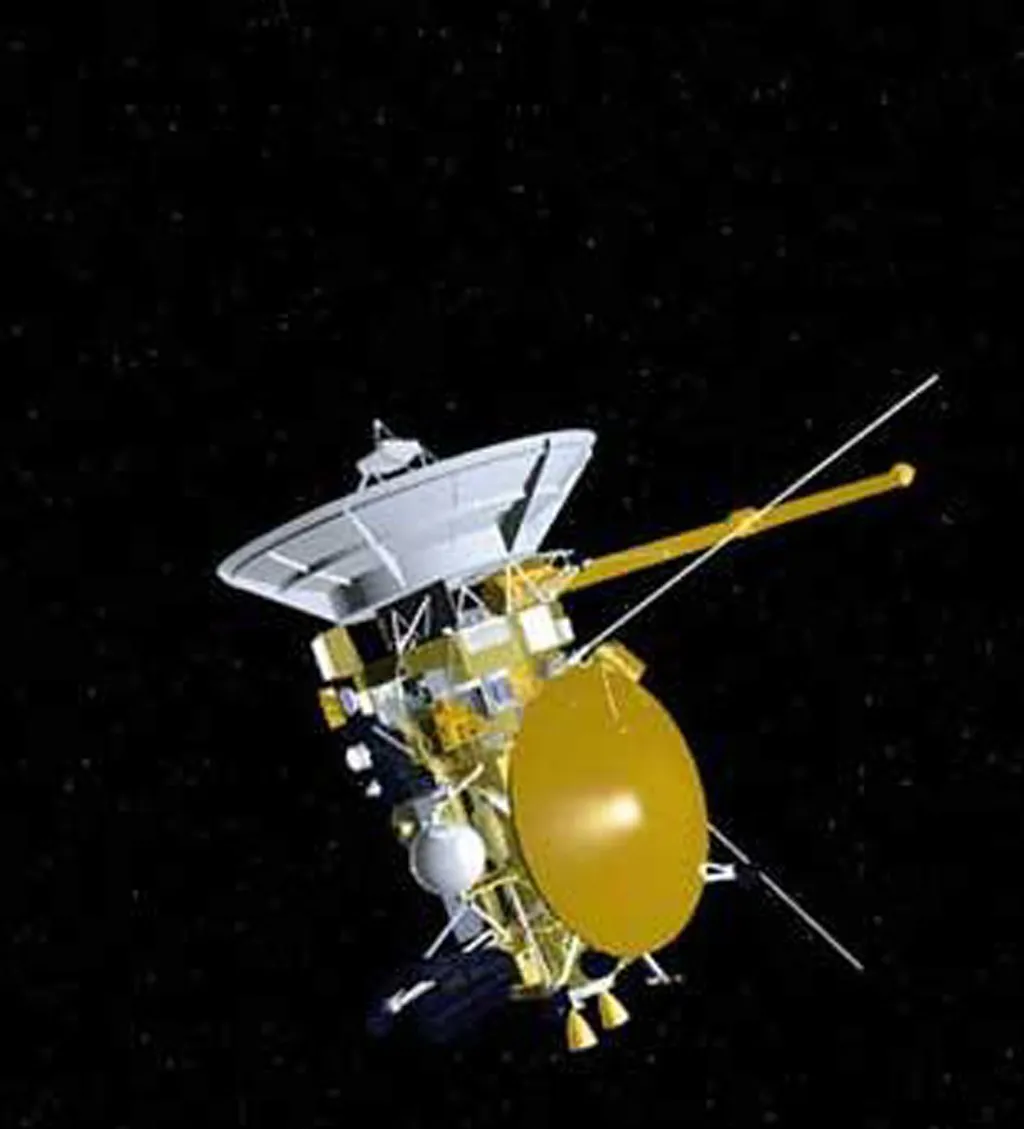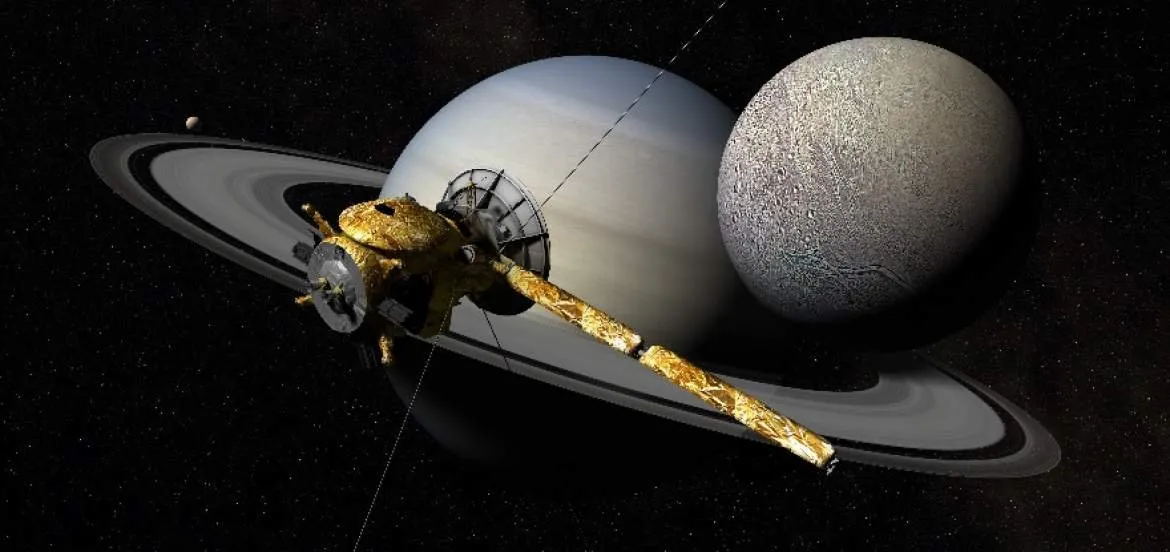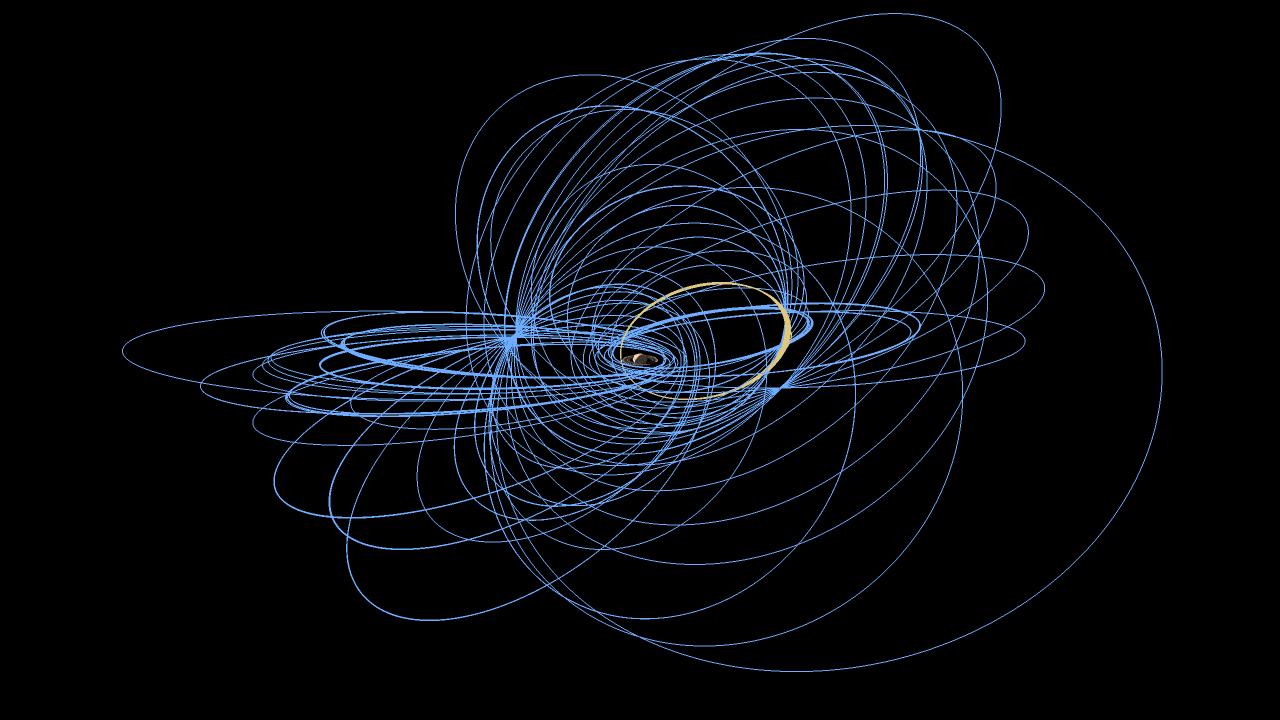WASHINGTON (Reuters) - The US Space Agency reported that the Cassini spacecraft disintegrated on Friday as it came into contact with Saturn's atmosphere after completing its 20-year mission.
This was the first probe to orbit Saturn and obtain images between that planet and its rings.
NASA reported that, having exhausted almost all of its fuel, the device entered today, at 11:57 am GMT, in the atmosphere of that planet, where it disintegrated, as planned.

"Our spacecraft has entered Saturn's atmosphere and received its latest transmission," NASA said on Twitter.
The Cassini-Huygens mission, which over the past twenty years has collected such important data as the possible habitability of two of the moons of Saturn, Enceladus and Titan, was ended.
It is precisely this finding that led NASA to make the decision to destroy the ship before it lost its control from Earth and avoid a possible collision with one of the moons that could compromise future research.

Also taking advantage of the unique opportunity to obtain data on the descent towards Saturn's surface, information that would have been impossible to obtain otherwise.
The Cassini spacecraft was launched into space on October 15, 1997, next to the Huygens spacecraft, becoming the seventh spacecraft that flew through the region of the asteroid belt, and the first artifact built by the man who landed on a moon from another planet.
